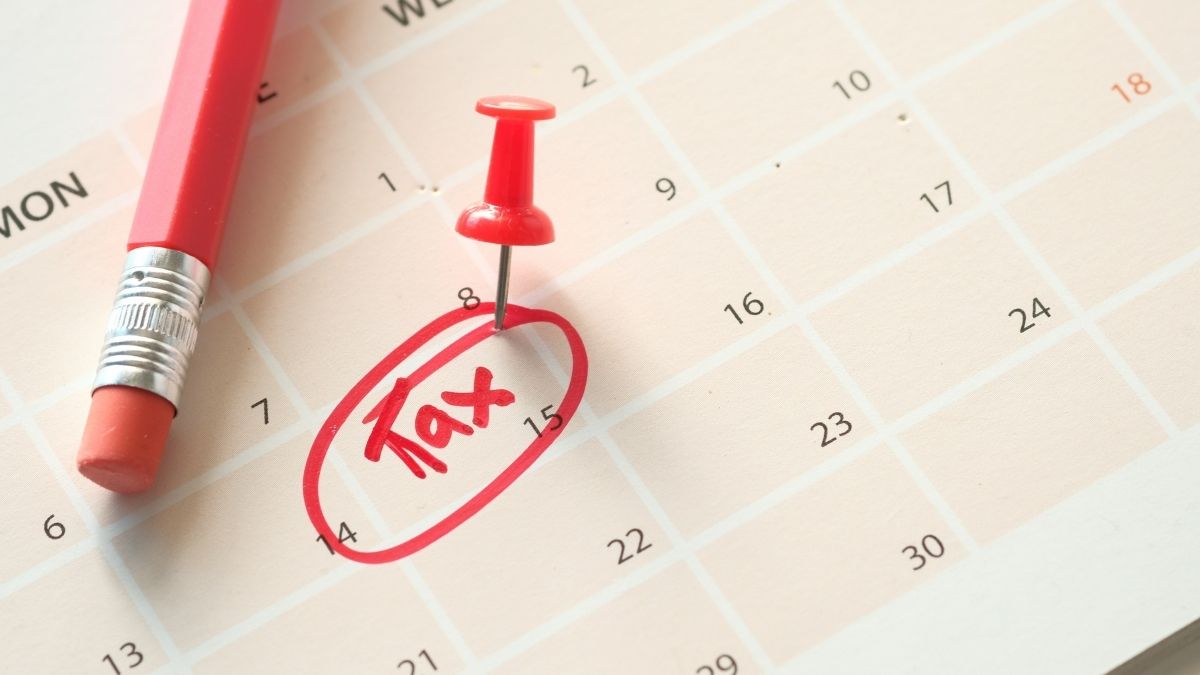
Unfortunately, tax filing isn’t just a once-a-year hassle for some independent contractors. In fact, if you expect to owe at least $1,000 in taxes each year, you may be required to make estimated tax payments. Given your 15.3% self-employment tax rate, that isn’t a particularly high threshold.
If you don’t pay your taxes on time every quarter, you’ll be penalized
The IRS may notify you that you must pay quarterly taxes before the deadline, either electronically or by mail. The IRS, on the other hand, is more likely to notify you after the deadline has passed.
You should make estimated payments if you owe more than $1,000 in taxes by the first quarterly deadline, or if you know you’ll owe more than $250 per quarter. You can use a calculator to calculate quarterly taxes, fill out IRS Form 1040-ES, and pay your taxes by:
- April 15th
- June 15th
- September 15th
- January 15th
Don’t wait until the next quarter to make up for a missed estimated tax payment. The underpayment penalty is calculated based on the amount you owe and how long it took you to pay it in full. The IRS will deduct 0.5 percent of the amount you owe after the due date has passed.
The penalty increases for each partial or full month you do not pay, so pay your taxes as soon as possible.
How to Never Forget to Pay Your Quarterly Taxes
It’s not the end of the world if you miss one IRS payment, but you don’t want to make it a habit. Here’s how you can avoid penalties by paying your tax bill on time every quarter.
1. Get Your Records in Order
Most self-employed people aren’t used to keeping receipts and tracking their spending, but if you don’t, quarterly tax filing will be a nightmare. As a result, it’s critical to use record-keeping software to keep track of your records and save money.
You can easily search for an expense you’ll need at a moment’s notice if you keep all of your records online or in a program. If you’re being audited by the IRS, this will come in handy.
2. Make a tax-payment schedule
The quarterly tax payment deadlines are the same each year, but if the deadline falls on a weekend, it is moved to the following weekday. With that in mind, some deadlines approach faster than others, such as the June 15th deadline, which only tracks earnings from April 1st to May 31st.
You’ll know exactly what you’ll deliver to the IRS before each due date if you organize your records. However, you’ll need to accurately predict your tax rate in order to know how much you’re paying.
3. Acquire the ability to calculate taxes
Underpayment is still considered a “missed deadline” by the IRS, so you can’t just send a random amount to satisfy the IRS. To accurately predict your first April quarterly payment, multiply your earnings over the previous year by 4, then use the IRS table to figure out how much you owe.
You may need to adjust your quarterly payments as the year progresses to ensure you aren’t underpaying. If you are, take advantage of as many deductions as possible to avoid paying penalties.
4. Be familiar with the Safe Harbor Rule
Life gets in the way sometimes, and you miss a deadline or don’t have enough cash flow to pay all of your installments. In either case, if you pay the same quarterly tax amount as last year and didn’t underpay the year before, the safe harbor rule can save you money.
You’ll still have to pay the amount you owe, but you won’t be charged any additional fees. Keep in mind that the safe harbor rule threshold rises as your tax debt grows.
Learn more from business and read Do You Have to Pay Taxes on Cryptocurrency?




